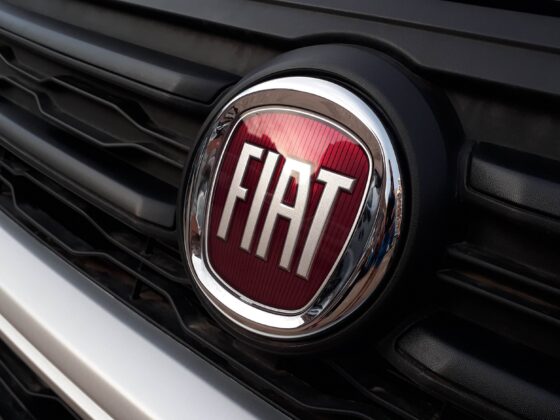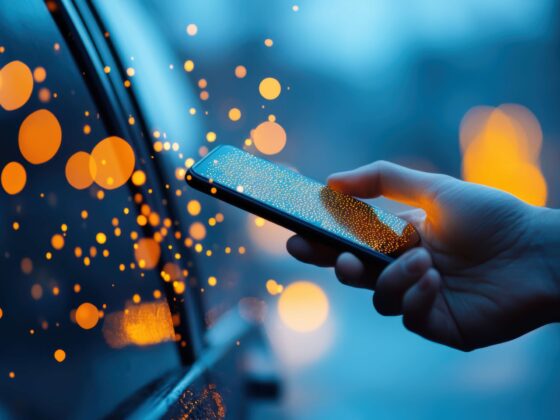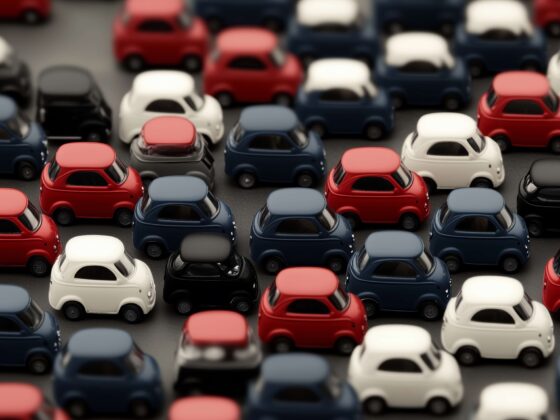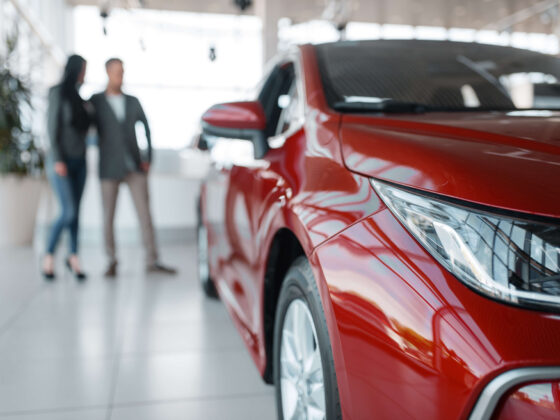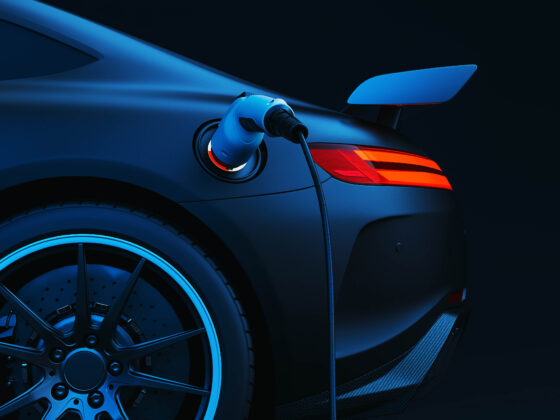Hello, good people of the automotive world. We wish you a warm welcome to our blog here at eTags and an official welcome to Summertime! With the solstice behind us, we look forward to a proper summer season with lots of sunshine, lemonade, and joyrides!
Use eTags© to Quickly Complete Your DMV Service. Renewals, Title Transfers and More, All Online!
And hey, did anyone hear that Tesla launched their autonomously driven taxis – called Robotaxi – just the other day? Well, we did, and here’s what we can tell you.
First off, what in the world is an autonomously driven taxi?
It is a system that works much like other taxi services that function through applications. Much like Uber and Lyft, autonomous taxis are also hailed through an app by providing the passenger’s location and desired destination. The major difference, of course, is that with an autonomous taxi there is no human driver. There is just a car set to Autopilot.
And earlier this week was the trial run for this new Tesla product, (or should we call it service?) Robotaxi.
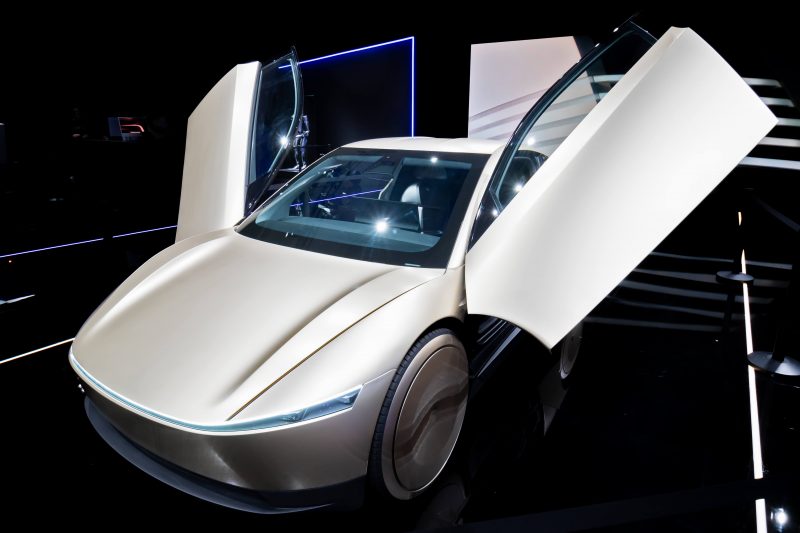
The modest fleet of only ten vehicles went into circulation during what is being considered a test run in the city of Austin, Texas. The driverless cars began shuttling passengers around the city for a flat rate of $4.20. The initial group of people called to try out this new taxi service was made up of Tesla employees (who were required to sit in the front seat) and some invited guests: a handful of social media influencers, it seems.
The vehicle used for this test drive (pun intended) was Telsa’s Model Y, whose technology is based on its Full Self Driving Software powered by AI. The safety protocol Tesla is using is based entirely on cameras to recognize and process people, objects, distance, and depth. While this approach has come under scrutiny due to camera limitations such as sun glare or fog, Telsa remains confident their technology is superior to alternative safety systems.
Now, while this was just a trial run, Tesla has a bit of work to do if they want to catch up to their main rival: Waymo.
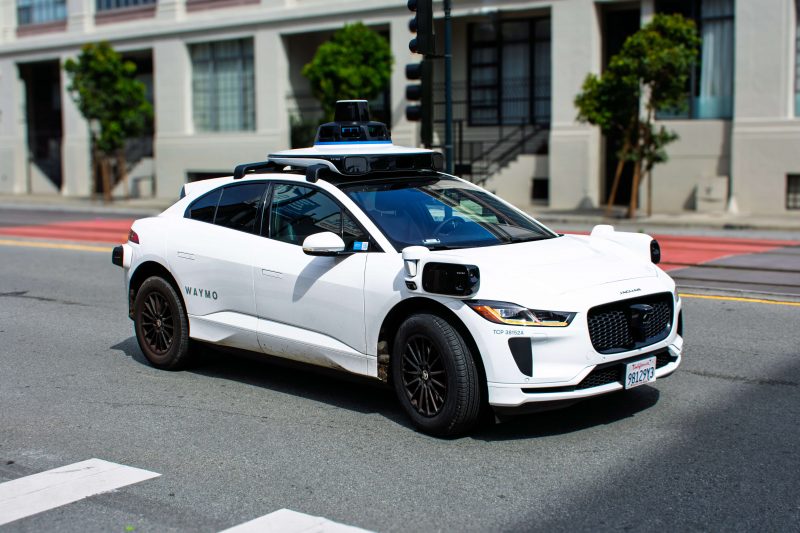
So how is Waymo different from Robotaxi?
Well, other than the fact that Waymo has a presence in several cities and states – thereby taking the lead inasmuch as they quite a bit more established – the biggest difference lies in the technology. Waymo uses three different systems as opposed to Tesla’s one. Waymo’s autonomous taxis incorporate lidar and radar in addition to the use of cameras.
Side note: what in the world is lidar? It is a sensing method that utilizes laser light to both measure distances as well as to create 3D models of both places and things. How does it work? The system sends out a pulse of laser light towards an object, and then measures the time it takes for the light to return back to its source, thereby creating an understanding of the space between the laser and the object in question.
Neat, huh? It gets better. This very quick process is repeated many, many times in just a short few moments, ultimately fashioning a 3D model of the environment, thus allowing for the generation of accurate maps and a full sense of the areas that have been surveyed.
The thing is, we’re digging this multiple technology approach used by Waymo. Especially since the company has demonstrated a good track record and some significant improvements when it comes to passenger, pedestrian, cyclist, and neighboring car safety. 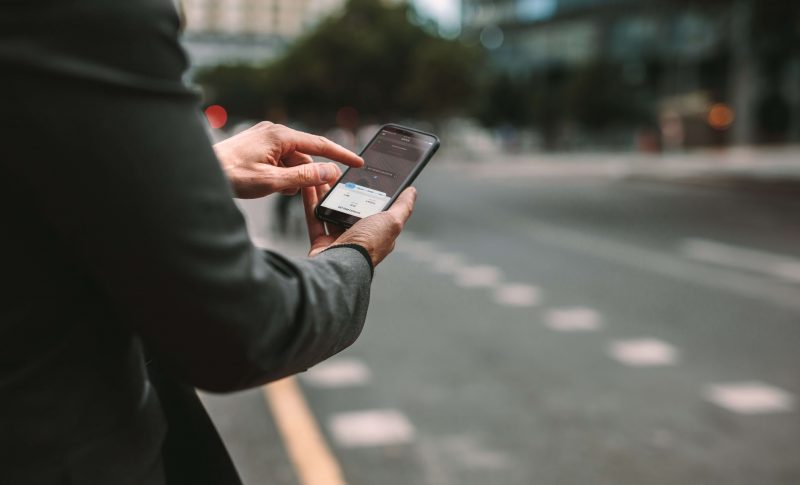
While not perfect by any means, this space of autonomously driven taxis is intriguing, if nothing else. And as for Tesla’s addition to this scene…well, let’s watch this space, eh?
In the meantime, for all your tag and title needs, head on over to our handy site, select your state from the drop-down menu, and let us get your transfer, renewals, replacements and more going. Because as always, at eTags, we’re here to help!

